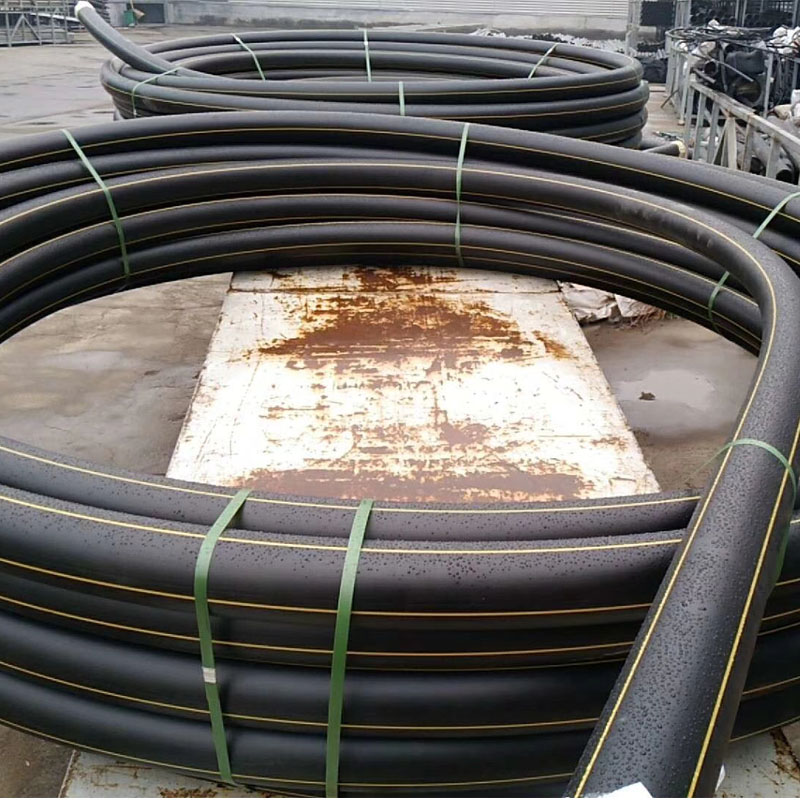Nov . 06, 2024 14:48 Back to list
China HDPE to PVC Pipe Connector Solutions for Efficient Plumbing Systems
Understanding the Transition from HDPE to PVC Pipe Couplings in China
In the realm of plumbing and piping systems, the choice of materials can significantly impact performance, durability, and overall system integrity. Among these materials, High-Density Polyethylene (HDPE) and Polyvinyl Chloride (PVC) have emerged as the leading options for various applications. This article delves into the transition from HDPE to PVC pipe couplings, particularly focusing on their usability in China’s extensive construction and industrial sectors.
The Properties of HDPE and PVC
HDPE is renowned for its high strength-to-density ratio, making it an excellent choice for applications requiring durability and resistance to impact. It also boasts superior flexibility, long-term performance, and resistance to a wide range of chemicals and environmental stresses. HDPE pipes are particularly favored for water distribution, telecommunications, and gas distribution systems.
On the flip side, PVC is known for its rigidity, lighter weight, and lower cost. It is particularly adept in plumbing, drainage, and sewage systems, thanks to its inherent resistance to corrosion and most chemicals. The smooth inner surface of PVC pipes reduces friction, thus increasing flow rates, which is advantageous for various infrastructure applications.
The Need for Couplings
As construction and industrial projects in China grow increasingly ambitious, the demand for reliable and efficient piping systems intensifies. Couplings are essential components in piping systems, allowing for the connection of different pipe materials. The transition from HDPE to PVC pipe couplings is often necessary when project specifications require different material functionalities or when budgetary considerations come into play.
China's rapid urbanization and infrastructure development have led to a significant rise in the use of both HDPE and PVC materials. As a result, understanding how to effectively connect these two types of pipes has become crucial. Transition couplings are specifically designed to accommodate the differences in material properties, pressure ratings, and thermal expansion rates between HDPE and PVC.
Advantages of HDPE to PVC Transition Couplings
china hdpe to pvc pipe coupling

1. Versatility Transition couplings enable the integration of HDPE and PVC pipes within the same system, ensuring flexibility in material selection based on specific needs and environmental conditions.
2. Cost-Effectiveness By allowing the use of different materials in a piping system, projects can optimize their budget without compromising on quality. For instance, HDPE may be selected for underground applications due to its durability, while PVC is used for visible installations where aesthetics and cost are of greater concern.
3. Ease of Installation Transition couplings streamline the installation process by providing a straightforward solution for connecting two different pipe types. This reduces labor hours and minimizes potential issues associated with improper connections.
4. Reliability and Longevity Quality transition couplings ensure that connections between HDPE and PVC remain leak-free and robust, contributing to the overall longevity of the piping systems. This is particularly vital in high-stress applications such as municipal water supply and industrial discharge systems.
Challenges and Considerations
While the transition from HDPE to PVC pipe couplings offers numerous benefits, challenges also exist. The selection of the right coupling must consider factors such as pressure ratings, temperature tolerances, and compatibility with various fluids. Furthermore, improper installation can lead to joint failure, compromising the integrity of the entire system.
In regions where temperature fluctuations are common, careful attention must be paid to thermal expansion considerations. Consulting with professionals and adhering to best practices during installation is essential for ensuring optimal performance.
Conclusion
The transition from HDPE to PVC pipe couplings in China represents a significant development in the field of plumbing and infrastructure. By effectively combining the strengths of both materials, engineers and contractors can create piping systems that meet the diverse needs of modern construction and industrial projects. As China continues to grow and evolve, the innovative use of materials like HDPE and PVC will undoubtedly play a key role in shaping the future of its infrastructure landscape.
-
High-Quality PVC Borehole Pipes Durable & Versatile Pipe Solutions
NewsJul.08,2025
-
High-Quality PVC Perforated Pipes for Efficient Drainage Leading Manufacturers & Factories
NewsJul.08,2025
-
High-Quality PVC Borehole Pipes Durable Pipe Solutions by Leading Manufacturer
NewsJul.08,2025
-
High-Quality PVC Borehole Pipes Reliable PVC Pipe Manufacturer Solutions
NewsJul.07,2025
-
High-Quality UPVC Drain Pipes Durable HDPE & Drain Pipe Solutions
NewsJul.07,2025
-
High-Quality Conduit Pipes & HDPE Conduit Fittings Manufacturer Reliable Factory Supply
NewsJul.06,2025

